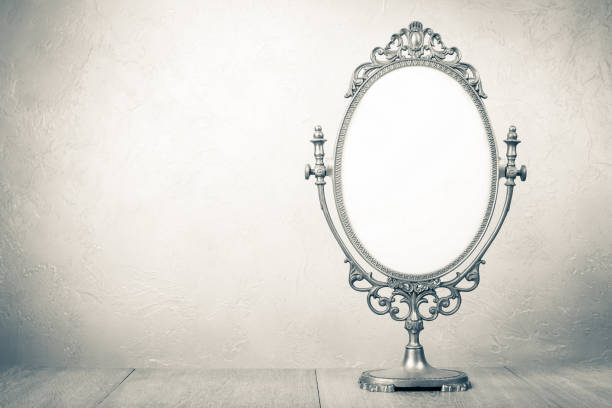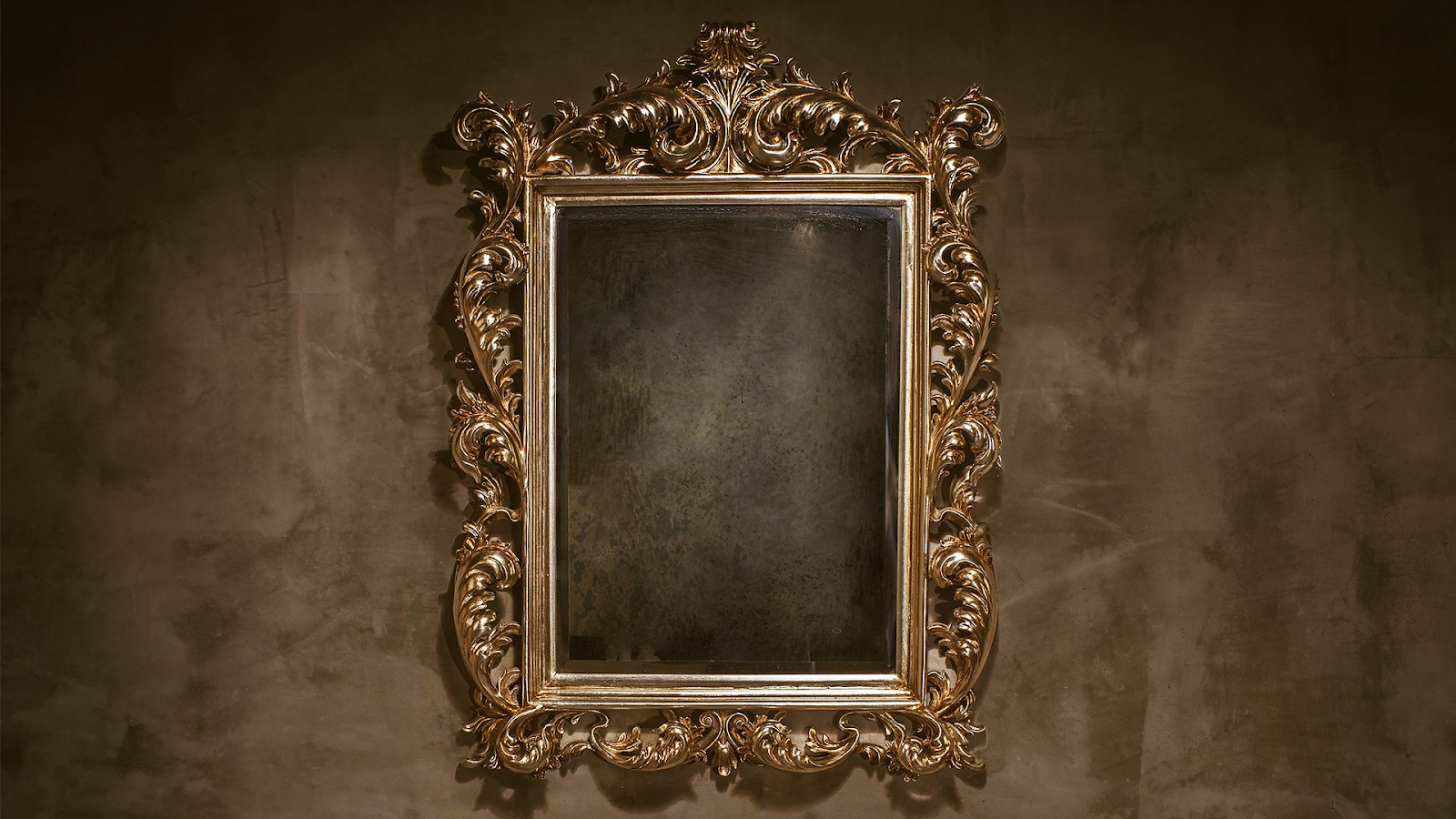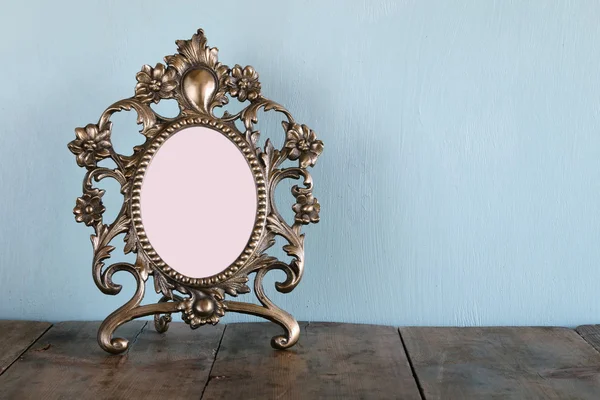Introduction
19th century vintage wood mirrors have a charm that never goes out of style. Their beauty and historical appeal make them a popular choice for decorating homes today. With a rise in interest for vintage and antique pieces, these mirrors seamlessly fit into modern interiors. Choosing one for your space offers benefits like adding character and a touch of history.
Understanding the Vintage Wood Mirror
A vintage wood mirror is more than just a reflective surface, it's a glimpse into the past. Here's what defines these fascinating pieces:
- Distinct Features: Often well-crafted with intricate details and rich wood textures.
- Historical Significance: Mirrors from the 19th century reflect the design trends and craftsmanship of that era.
The importance of a vintage wood mirror in home décor stretches far beyond aesthetics:
- Warmth: The natural wood adds warmth and depth to rooms.
- Character: Each mirror has its own story, offering a piece of history to your home.
To delve deeper into the historical relevance of these mirrors, refer to this comprehensive historical overview. Here, you can explore how antique mirrors evolved and maintained their status in home décor over the centuries.
By understanding these aspects, you can make an informed decision when adding a vintage wood mirror to your space. Choosing the right mirror can transform your room, blending the past with the present effortlessly.
Features of a 19th Century Mirror

The 19th century marked a pivotal era in mirror craftsmanship, ushering in a range of styles and techniques that elevated mirrors beyond mere reflective surfaces. Here's what to look out for:
- Styles: The century saw a variety of mirror styles including the Baroque, Rococo, and Neoclassical. Each style carries its distinct elegance:
- Baroque mirrors often boast intricate carvings and dramatic shapes.
- Rococo mirrors are known for their playful asymmetry and ornate details.
- Neoclassical mirrors have a more restrained, symmetrical design, drawing inspiration from Greek and Roman elements.
- Materials: Craftsmanship during the 19th century frequently incorporated rich woods like mahogany, oak, and walnut for frames, ensuring durability and aesthetic appeal.
- Craftsmanship: Hand-carved details are a hallmark of this era. Look for mirrors with detailed carvings and finishes, often enhanced with gilding or veneer inlays.
To dive deeper into the evolution of mirror styles during the 19th century, you can explore this insightful article by Invaluable.
Choosing Between Antique and Vintage Wood Mirrors

When deciding between an antique wood mirror and a vintage wood mirror, it helps to understand how they differ in age and value. Here's how you can make the best decision:
- Definition:
- Antique Mirrors: Typically, these are over 100 years old. They carry historical significance and are often considered more valuable due to their age and rarity.
- Vintage Mirrors: Generally, these are at least 20 years old but not quite as old as antiques. They can often reflect styles from different decades without the same historical value.
- Considerations:
- Antique Gilded Mirrors vs. Vintage Options: Antique gilded mirrors feature gold leaf applications that add sophistication, while vintage mirrors may exhibit a broader range of styles and colors.
- Artistic Value: Consider the artistic craftsmanship involved in antique mirror art, which often includes hand-carved details and unique shapes like the antique mirror oval and antique small mirror.
- Value Differences: The value of antique items generally surpasses that of vintage items due to factors like rarity, historical context, and craftsmanship prestige. A helpful review on the value differences between antique and vintage items provides extensive insight into how these factors influence worth.
When incorporating mirrors into home décor, whether opting for the revered age of antique mirrors or the charming appeal of vintage mirrors, weighing these factors can guide you to the perfect piece that aligns with your taste and décor needs.
Incorporating Antique Mirror Art into Design

Designing a space that marries old-world charm with modern sensibilities can be both exciting and challenging. Here are some tips on how to successfully integrate antique mirror art into your home decor:
- Choose a Focal Point: Antique mirrors, like an antique giltwood mirror, make excellent focal points due to their intricate designs and history. Position them above a mantelpiece or as a statement piece in your hallway.
- Balance Modern and Vintage: Pair antique mirrors with contemporary furniture to achieve a balanced look. For example, a pier mirror with its vertical design can work well in spaces dominated by sleek lines.
- Use Mirrors to Enhance Light: Position mirrors across from windows to maximize natural light reflection and make rooms appear larger.
- Explore Various Styles: Consider styles like:
- Antique giltwood mirrors for a golden, opulent touch.
- Antique mirror ovals that suit a variety of styles from Victorian to bohemian.
- Pier mirrors, found through sellers who offer pier mirrors for sale, perfect for adding vertical interest.
Make your antique mirror art seamlessly part of your decor for an aesthetic that captivates.
Deciding on Size and Shape: Large vs. Small Mirrors
When selecting a mirror, size and shape significantly impact your room's aesthetic. Here’s how you can choose the best fit for your space:
- Large vs. Small Mirrors:
- Large Mirrors: Create an expansive feel, perfect for living rooms or entrance halls. These can be used to reflect larger views and increase the sense of space.
- Small Mirrors: Ideal for intimate areas like bedrooms or bathrooms. Options like an antique small mirror or a vintage small mirror can add depth without overwhelming.
- Shapes:
- Rectangular Mirrors: Known for their versatility, they can add symmetry and length to a room.
- Oval Mirrors: These bring a soft and elegant look, seamlessly fitting into classic and contemporary design alike.
- Considerations:
- Space Utilization: Correctly sized mirrors can dramatically enhance space perception. Choose shapes and sizes that accentuate your room's strengths.
- Placement Tips:
- Hang mirrors at eye level for most impact.
- Use pairs or clusters of smaller mirrors to add visual interest.
By thoughtfully selecting and positioning your mirrors, you amplify the architectural beauty of your space and reflect your personal style.
Conclusion: Enhancing Home Aesthetic with Vintage Mirrors
Choosing the right 19th century vintage wood mirror can be the perfect way to enhance any space. These mirrors bring elegance and historical charm, fitting beautifully into both modern and traditional interiors. Here’s a quick recap on what to consider:
- Style and Craftsmanship: Select mirrors that resonate with your design preference while delivering exquisite detail.
- Size and Placement: Consider the room's size and the mirror's placement to ensure it complements your space.
- Authenticity and Condition: Always verify the authenticity and condition of a vintage mirror before purchasing.
Exploring reputable services that offer vintage mirrors can help you find a piece that speaks to your personal style. By incorporating these timeless artifacts, you not only beautify your home but also pay homage to an era of skilled artistry.